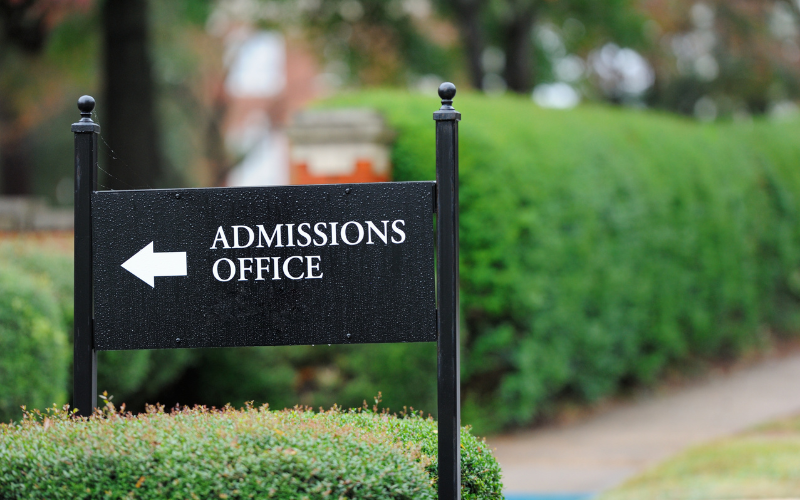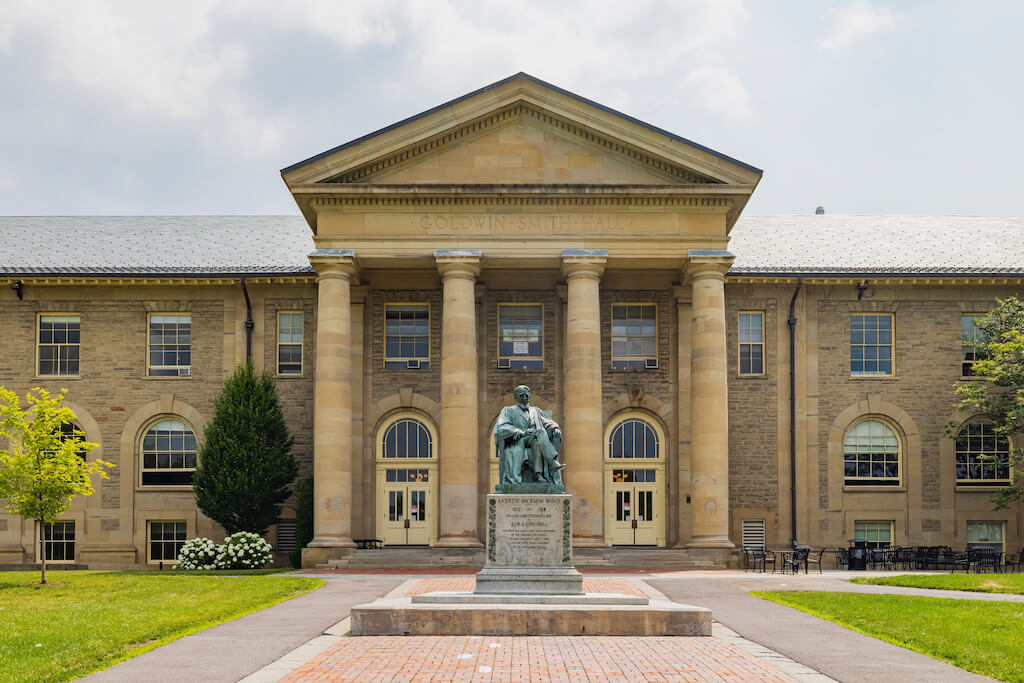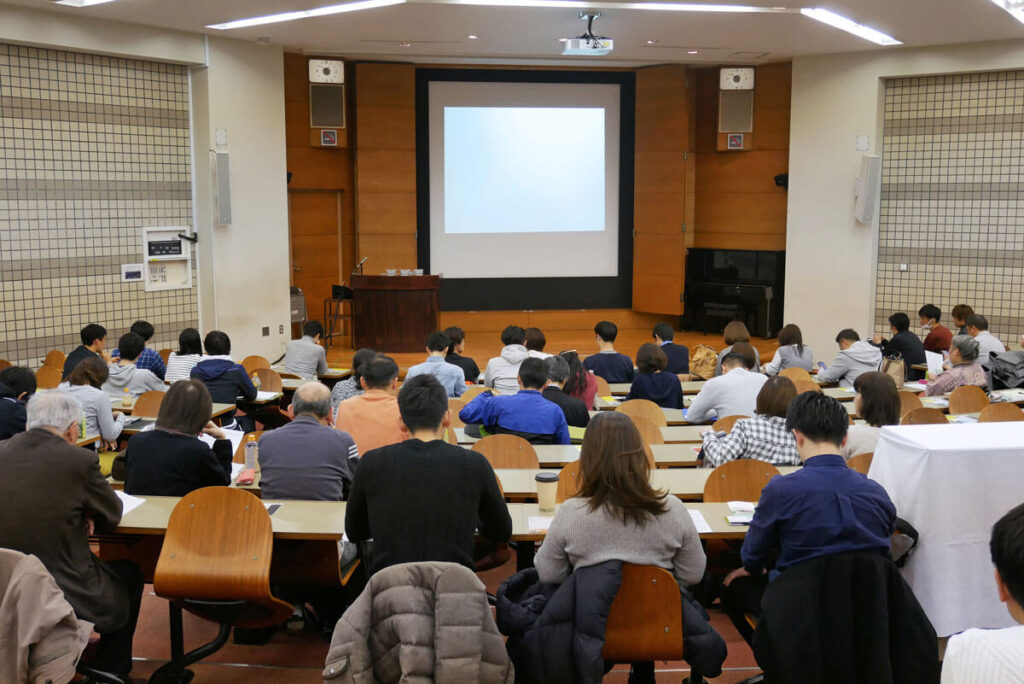When I was contacted about joining the Presidents Climate Commitment, I thought it was a great idea. For a number of years, we have offered a B.S. degree in Environmental Science and an M.S. degree in Environmental Policy and Management. Putting some of the theory that we teach into practice would be an interesting endeavor. I wasn’t sure that an online university would be able to generate the same impact on global warming that a land-based institution could, so I asked our Director of Facilities to review the Commitment document to determine if we would be able to comply with the guidelines.
The first commitment is to take the steps necessary to develop a plan to achieve climate neutrality as soon as possible. There are three parts to plan development which include: (1) “create institutional structures to guide the development and implementation of the plan,” (2) “within a year of signing, complete a comprehensive inventory of all greenhouse gas emissions and update the inventory every other year thereafter,” and (3) “within two years of signing, develop an institutional action plan for becoming climate neutral.”
In addition to plan development, the Commitment asks the participants to “initiate two or more tangible actions to reduce greenhouse gases while the more comprehensive plan is being developed.” A list is provided in the Commitment and we were able to comply with the first two which are “establish a policy that all new campus construction will be built to at least the U.S. Green Building Council’s LEED Silver standard or equivalent” and “adopt an energy-efficient appliance purchasing policy requiring purchase of ENERGY STAR certified products in all areas for which such ratings exist.” We continue to review our ability to comply with the remaining five recommended actions.
The Commitment requires that we make our “action plan, inventory, and periodic progress reports publicly available by providing them to the Association for the Advancement of Sustainability in Higher Education (AASHE) for posting and dissemination.”
We have no current plans for constructing a new building, but we have contracted for three renovation projects since the commitment was signed and in each case, we have worked with the contractor and architect to design Green Building standards in the projects wherever possible. While the estimated costs of such standards range from 4-10% higher than non-green standards, we are pleased that we were able to call attention to our desire to build to Green Building standards. We have held discussions with several developers and contractors about our long-term campus needs and in every discussion we’ve indicated that we have committed to Green Building standards. We’ve also adopted and implemented a policy of purchasing ENERGY STAR certified products whenever possible.
In some ways, operating an online university is a very effective way of reducing greenhouse gases. Our 31,000+ students study from their homes or workplaces and we do not need to maintain the physical plant that would be necessary to house that number of students and support staff. Our students and faculty do not generate additional automobile fuel emissions by commuting to campus and buildings like dormitories, dining halls, and classrooms are unnecessary. That said, we believe that we can comply with the terms of the Commitment and are proud to be part of the greater Higher Education community calling attention to a long-neglected problem: sustainability.










